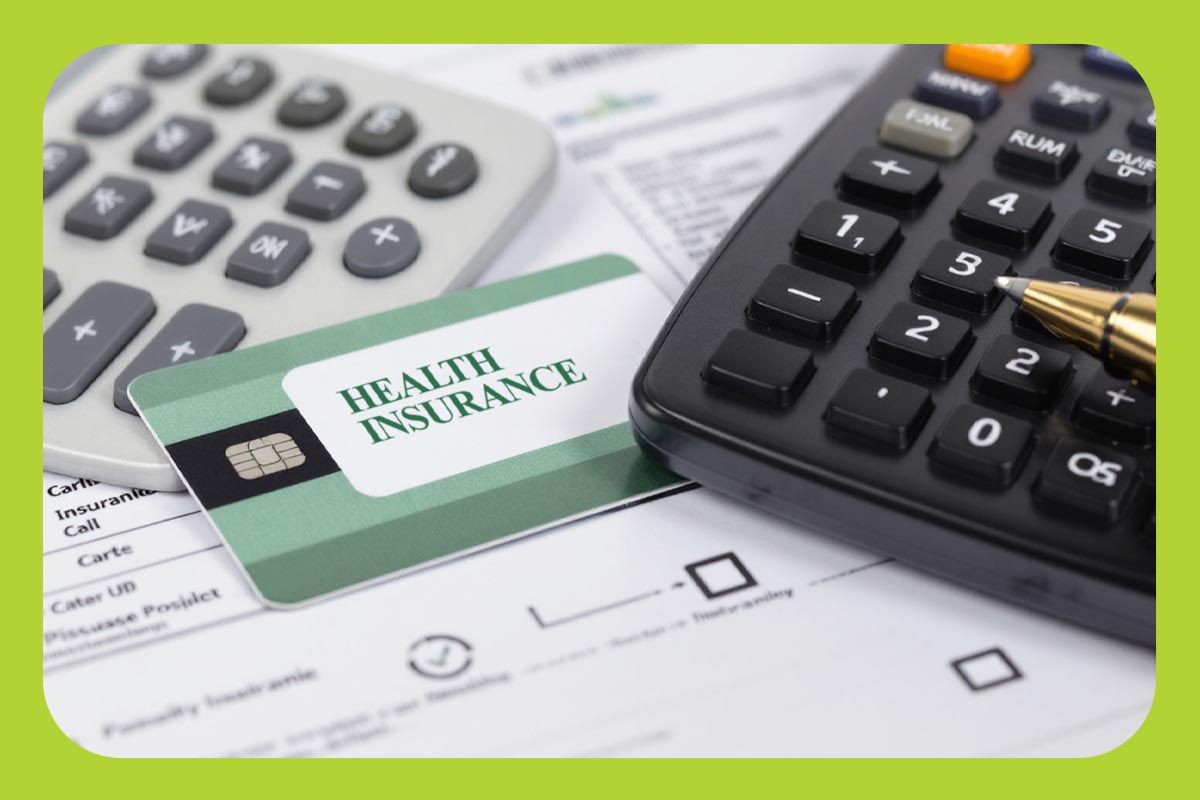
Energy-efficient upgrades aren’t just good for the environment—they’re great for your wallet. But if you’re like many homeowners I’ve worked with over the years, you’re probably wondering if the numbers really add up. The short answer? They do—especially when you factor in the new tax breaks and incentives available for 2025. The key is knowing which programs apply to you and how to use them to maximize savings. Let’s break it down.
How the 2025 Energy Tax Credits Can Reduce Your Costs
Thanks to updates tied to the Inflation Reduction Act (IRA), homeowners now have access to expanded federal tax credits aimed at reducing the cost of energy-efficient improvements.
The biggest opportunity? The Residential Clean Energy Credit. Homeowners can now claim a 30% federal tax credit on the installation of renewable energy systems—think solar panels, geothermal heat pumps, battery storage, and wind turbines. This credit applies through 2032, making it a long-term opportunity for those ready to commit to clean energy solutions.
Additionally, the Energy Efficient Home Improvement Credit offers up to $1,200 annually for upgrades like energy-efficient windows, insulation, HVAC systems, and smart thermostats. These credits directly reduce your federal tax bill, putting money back into your pocket for upgrades you may have already been planning.
Mortgage Incentives That Lower the Cost of Going Green
Beyond tax credits, 2025 has brought new mortgage-related programs designed to make energy-efficient improvements more affordable from day one.
For example:
The Green Mortgage Insurance Premium Reduction Program lowers mortgage insurance premiums for homes that meet energy efficiency standards like Energy Star or the HERS Index.- The FHA Energy Efficient Mortgage (EEM) Program allows homeowners to roll the cost of energy upgrades into their home financing—reducing out-of-pocket expenses and simplifying the payment process.
These incentives not only make upgrades easier to afford but also improve long-term cash flow by reducing both energy costs and mortgage-related expenses.
Practical Steps Homeowners Should Take Now
If you’re considering energy-efficient improvements, here’s how to maximize these new incentives and tax breaks:
1. Start with an Energy Audit
An audit identifies where your home is losing energy and highlights the upgrades that will provide the most savings. Many utility companies offer free or discounted audits, so it’s a low-cost first step.
2. Understand Which Tax Credits Apply to Your Projects
Review your planned upgrades alongside IRS guidelines (or better yet, sit down with a tax professional). Ensure you’re eligible for the Residential Clean Energy Credit or the Energy Efficient Home Improvement Credit, and gather receipts and documentation to simplify your filing.
3. Explore Green Financing Options
If you’re planning major upgrades, like solar panels or a heat pump system, investigate programs like the Green Mortgage Insurance Premium Reduction or the EEM Program. These can significantly reduce upfront costs and improve your long-term return on investment.
4. Look Into Local and State Incentives
Many state governments and utility companies offer additional rebates and tax credits on top of federal incentives. These programs can help you stack savings and offset the total investment required.
For homeowners looking to reduce costs and make energy-efficient upgrades, 2025 brings some of the best opportunities we’ve seen in years. Whether it’s federal tax credits, mortgage incentives, or local rebates, there are plenty of ways to keep more money in your pocket while improving your home.
Ready to build a tax strategy that includes energy credits?
Schedule a consultation with Nth Degree CPAs today. We’ll help you integrate energy incentives into your broader tax plan—so you can maximize savings and minimize stress.


Website imagined and executed by RivalMind.
All Rights Reserved | Nth Degree CPAs

